One of the headaches of modern life, especially post-pandemic, comes while dining out and searching for a decent bottle of wine.
We study the wine list, trying to find something we can afford. Half the items are only vaguely familiar and the rest are priced beyond our budgets.
You are not alone. Most Americans aren’t equipped to deal with today’s complex wine lists, especially those computer-generated spreadsheets that contain words or wine regions we can’t pronounce or understand. And prices that make no sense.
Back when wine lists had only “house red” and “house white” (for $2 a glass), wine ordering wasn’t as challenging. Most of the offerings were modest, simple, and safe, and were OK to sip while waiting for the Thousand Island dressing to be glooped on the iceberg lettuce.
Today, even modest cafes carry wines with brand names that sound familiar but probably aren’t. And today, by-the-glass wines are $10 to $13 a glass. And for that, we’re probably getting something that cost the restaurant $7 for the whole bottle.
Ordering wine off wine lists can be maddeningly frustrating. In the past, we could rely on popular brand names. However, even though names as exalted as Mondavi, Beaulieu, and Beringer still offer some exceptional wines, they also have some wines that sound exalted but aren’t.
In most cases, the fault here lies not with the winery, but with restaurants aiming to make a lot of money on their wine program. Many restaurant owners figure that the less diners know, the better. Putting a recognizable domestic wine brand on the list at a price that’s far too high is an old and nasty trick. Not-very-sophisticated diners who tend to be impressed by such tactics are the industry’s lawful prey.
Imports are no guarantee of a better wine either. A few years ago, a quality pinot grigio came in from Italy’s cool, prestigious Alto Adige region. It was excellent. But as the brand grew in popularity, the winery had to make a lot more of it, and it was too expensive to keep making it from the Alto Adige area.
So, the brand name stayed the same, but the district on the label (in smaller print) said the wine was from the larger, not-quite-as-good region called Valdadige. Yet today the wine sells in most restaurants for as much as $65 a bottle!
Generally, the best white wine value on most wine lists these days is sauvignon blanc, whether from California or New Zealand. And occasionally you'll see a sauvignon blanc from South Africa or Chile that offers great value.
Wine of the Week
2019 Simi Sauvignon Blanc, Sonoma County ($10): The aroma displays attractive nuances of lemon, dried herbs, and tea, and the entry is soft and appealing. It does not have the overt green herbs of some sauvignon blancs, but it is extremely drinkable and best served not particularly cold.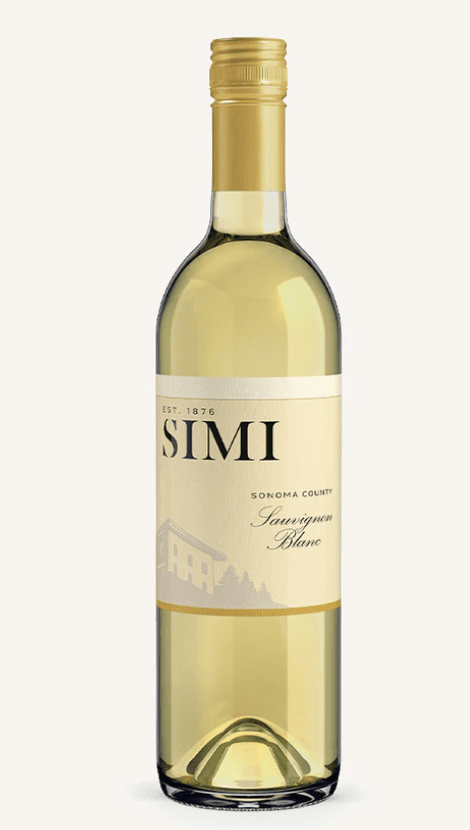

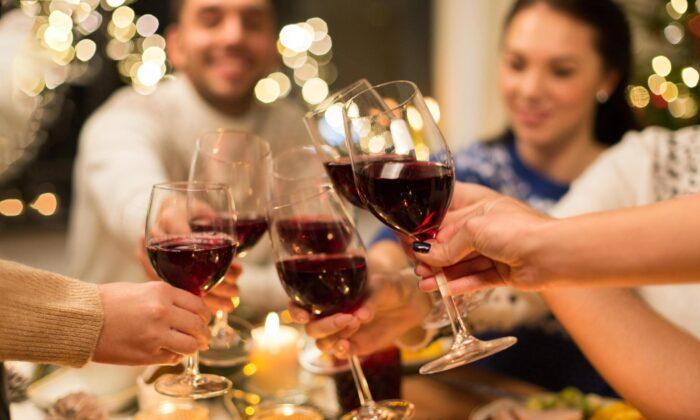
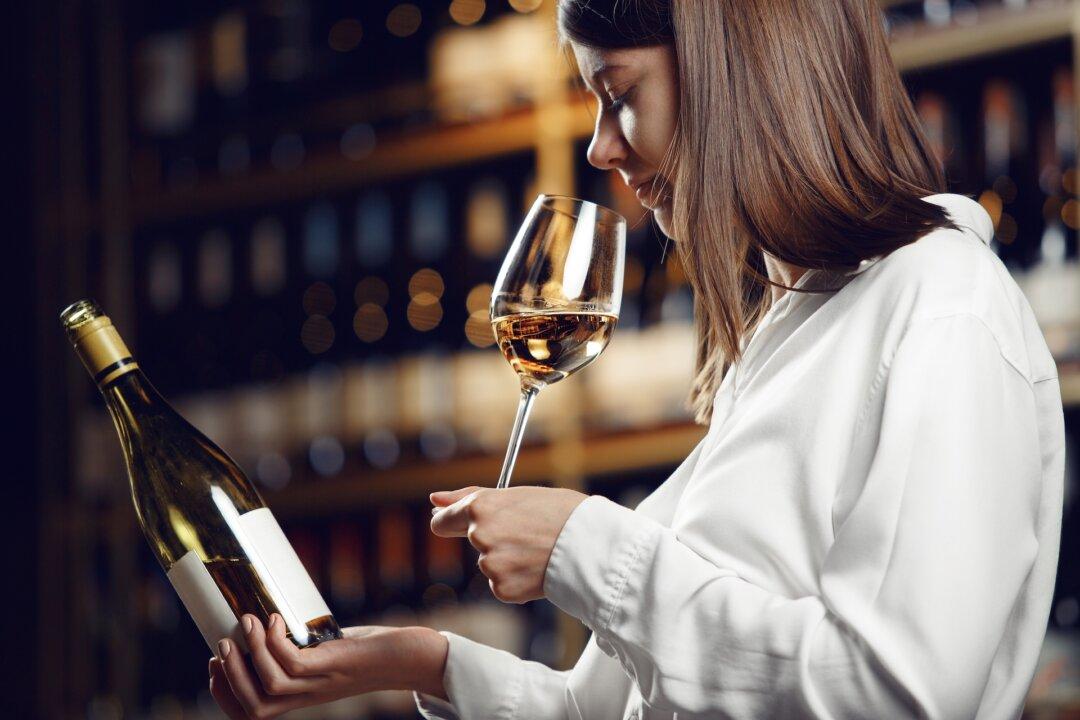
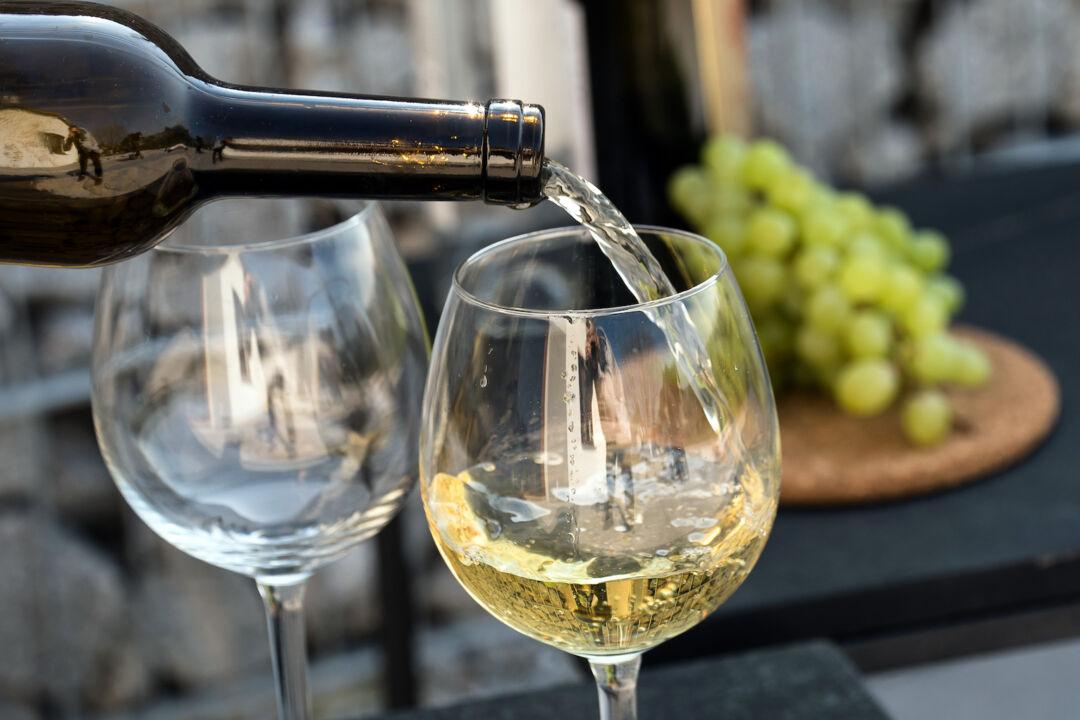
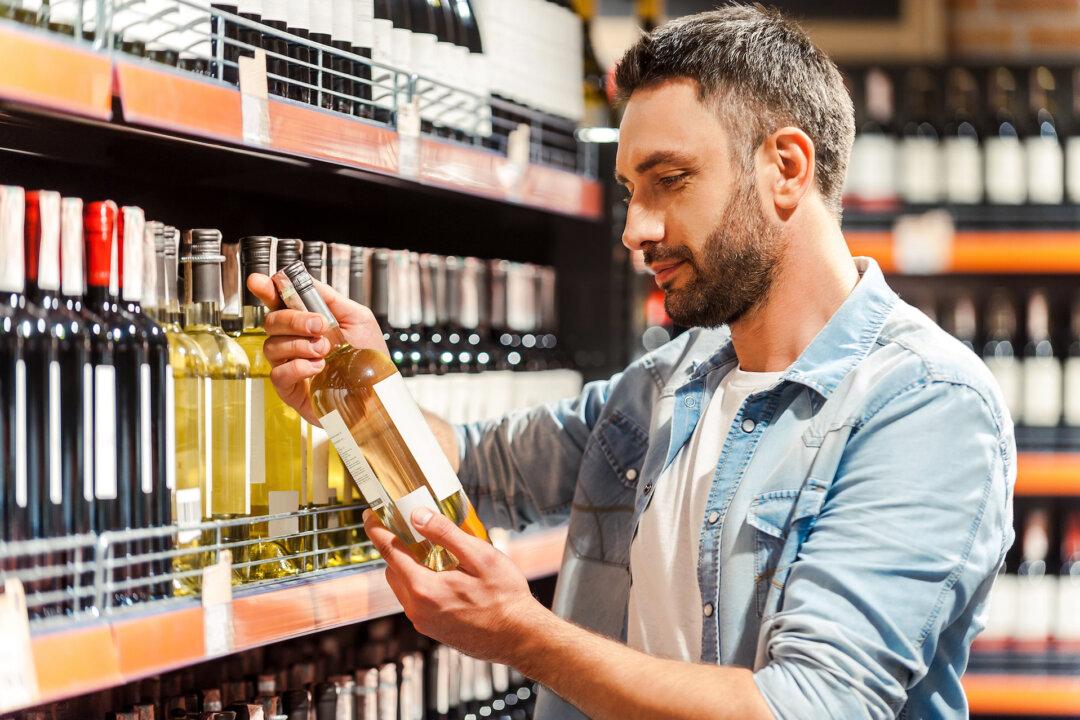
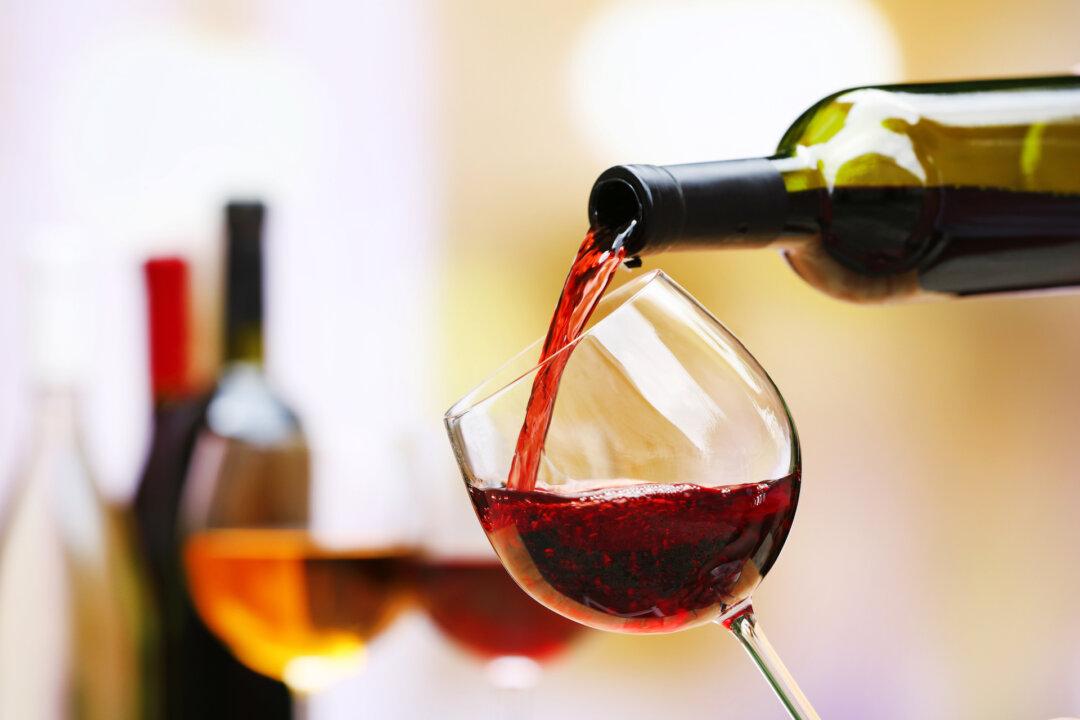
Friends Read Free